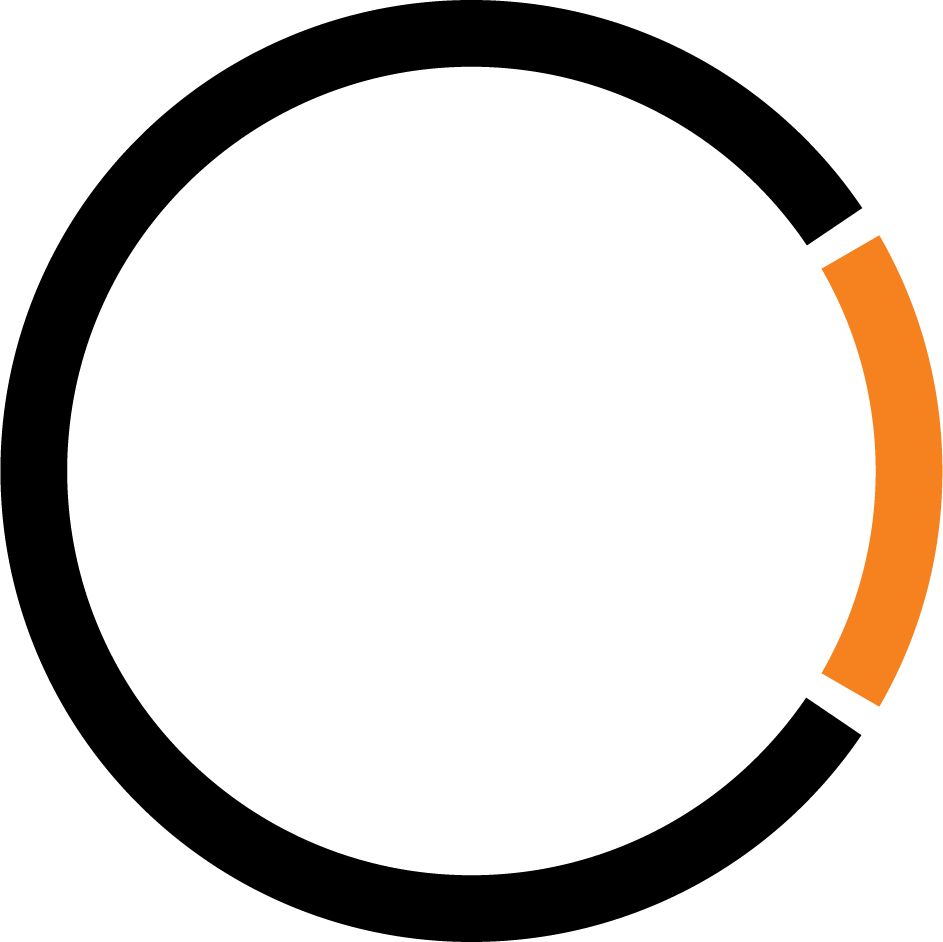Cover letter generator
A cover letter is an essential part of submitting a medical manuscript to a scientific journal. It serves as an introduction to the editor and provides a brief overview of your study. It also highlights the importance and relevance of your work to the journal's readership. A well-crafted cover letter can increase the chances of your manuscript being considered for publication.
Medical Manuscript Cover Letter Generator
Here are the steps to develop an effective cover letter for a medical manuscript:
- Address the editor by name: Start your cover letter by addressing the editor by their full name and title. This shows that you have taken the time to research the journal and its editorial team.
- Provide the title of your study: Clearly state the title of your manuscript to give the editor an idea of what your research is about.
- State the journal you are submitting to: Mention the name of the journal you are submitting your manuscript to. This shows that you have carefully selected the journal as a suitable platform for your research.
- Explain the aim and overview of your study: Provide a brief summary of your study's aim and a high-level overview of your methods and results. This helps the editor understand the context and potential impact of your research.
- Mention the corresponding author and their contact information: Clearly state the corresponding author's name, affiliation, and contact details. The corresponding author will be the main point of contact between the journal and the authors during the manuscript review process.
- Express your interest and gratitude: Conclude the cover letter by expressing your interest in having your manuscript considered for publication and thanking the editor for their time and consideration.
Importance of a Professional Cover Letter: A professional cover letter is crucial for several reasons:
- First impression: The cover letter is the first point of contact between you and the journal editor. A well-written cover letter creates a positive first impression and increases the likelihood of your manuscript being considered for publication.
- Context and relevance: The cover letter provides an opportunity to briefly explain the context of your research, its relevance to the journal's scope, and its potential impact on the field. This helps the editor determine if your manuscript aligns with the journal's interests.
- Demonstrates professionalism: A well-structured and error-free cover letter indicates that you have taken the time and effort to present your work professionally, which can positively influence the editor's perception of your manuscript.
- Addresses any specific requirements: Some journals have specific requirements or preferences for manuscript submissions. A tailored cover letter demonstrates that you have read and understood the journal's guidelines, which can increase the chances of your manuscript being reviewed and considered for publication.
